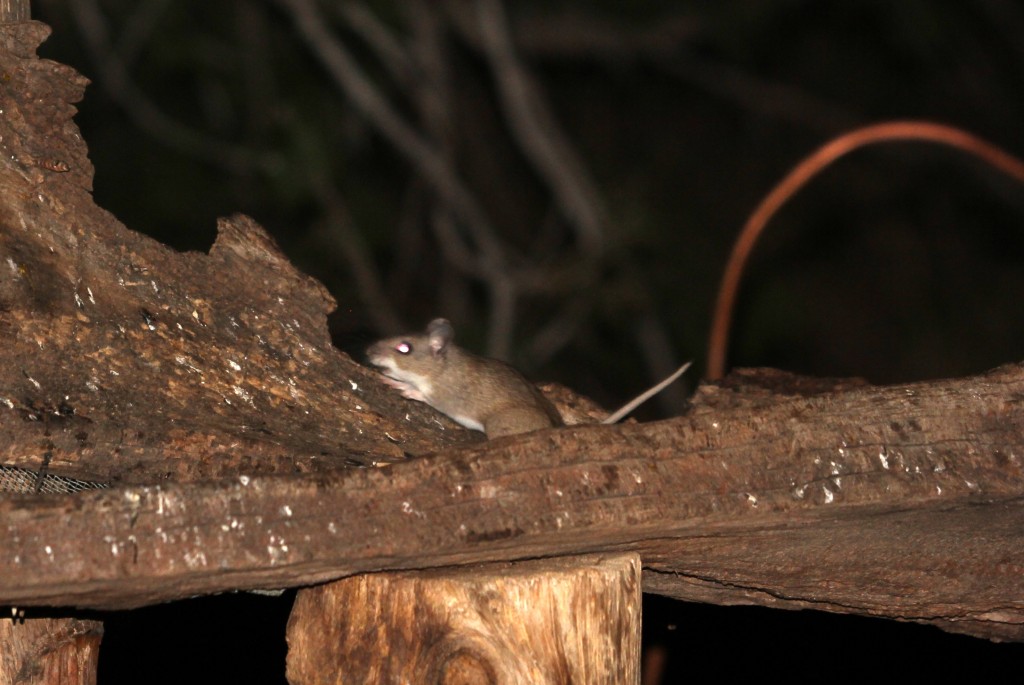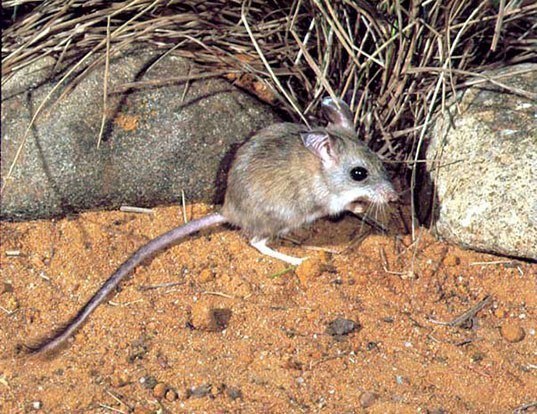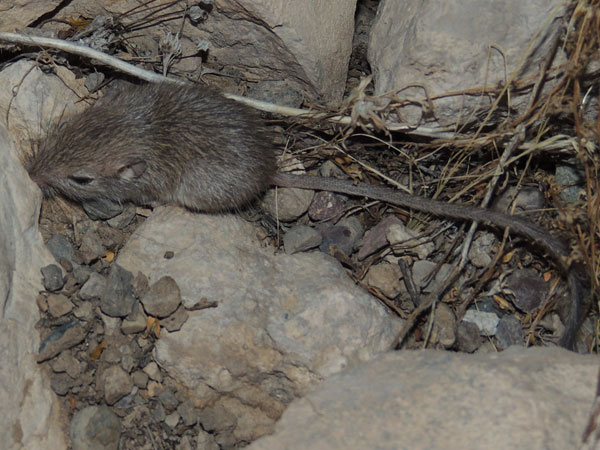

A survey of the frequencies of Biston bechularia (L.) (Lep.) and its melanic forms in Great Britain. Further selection experiments on industrial melanism in the Lepidoptera. Selection experiments on industrial melanism in the Lepidoptera. American Society of Mammalogists Special Publication No. The social systems of heteromyid rodents. Estimation of levels of gene flow from DNA sequence data. Different genes underlie adaptive melanism in different populations of rock pocket mice. A mathematical theory of natural and artificial selection (Part VI.

A mathematical theory of natural and artificial selection. Mating systems, philopatry, and dispersal in birds and mammals.

Progressive background matching in moths, a quantitative measure of crypsis. Gene flow and population differentiation. Analysis of selection on enzyme polymorphisms. Studies of mammalian ecology in southwestern North America, with special attention to the colors of desert mammals. Effectiveness of selection by owls of deermice ( Per-omyscus maniculatus) which contrast with their background.Ĭontrib. Melanism in the two spot ladybird: the nature and intensity of selection. A migration-selection model for the morph frequency variation in the peppered moth over England and Wales. Changes of gene-frequency in Cepaea nemoralis: the estimation of selective values. Population structure and dynamics of selected genes in the mosquito Culex pipiens. Natural selection in water snakes ( Natrix sipedon L.) on islands in Lake Erie. Mitochondrial DNA sequences of primates–tempo and mode of evolution. Rapid evolution of animal mitochondrial DNA. The American Society of Mammalogists Special Publication No. Population and community ecology of Heteromyid rodents in temperate habitats. Melanism in Adalia lady birds and declining air pollution in Birmingham.ī. Genetic estimates of population structure and gene flow: limitations, lessons and new directions.ĭ. Variation in shade of pelage of local populations of the cactus-mouse ( Peromyscus eremicus) in the Tularosa Basin and adjacent areas of southern New Mexico.Ĭontrib. Concealing coloration among some desert rodents of the southwestern United States. Maximum likelihood estimation of a migration matrix and effective population sizes in n subpopulations by using a coalescent approach. Maximum likelihood estimation of migration rates and effective population numbers in two populations using a coalescent approach. Together these results suggest that natural selection acts to match pocket mouse coat color to substrate color, despite high levels of gene flow between light and melanic populations. Habitat-dependent selection appears strong but asymmetric: selection is stronger against light mice on dark rock than against melanic mice on light rock. Using estimates of migration from mtDNA haplotypes between dark- and light-colored sampling sites and Mc1r allele frequencies at each site, we estimated selection coefficients against mismatched Mc1r alleles, assuming a simple model of migration-selection balance. We found a strong correlation between Mc1r allele frequency and habitat color and no correlation between mtDNA markers and habitat color. We also sequenced two neutral mtDNA genes, COIII and ND3, in the same individuals. To determine the frequency of the two Mc1r allelic classes across the dark-colored lava and neighboring light-colored granite, we sequenced the Mc1r gene in 175 individuals from a 35-km transect in the Pinacate lava region. Previous work has demonstrated that two Mc1r alleles, D and d, differ by four amino acids, and are responsible for the color polymorphism: DD and Dd genotypes are melanic whereas dd genotypes are light colored. This color polymorphism is a presumed adaptation to avoid predation. Pocket mice inhabiting volcanic lava have dark coats with unbanded, uniformly melanic hairs, whereas mice from nearby light-colored granitic rocks have light coats with banded hairs. Here, we compare phenotypic variation in color, allele frequencies of a pigmentation gene (the melanocortin-1 receptor, Mc1r), and patterns of neutral mitochondrial DNA (mtDNA) variation in rock pocket mice ( Chaetodipus intermedius) across a habitat gradient in southern Arizona. Abstract Patterns of geographic variation in phenotype or genotype may provide evidence for natural selection.


 0 kommentar(er)
0 kommentar(er)
